If content is king, then context is the kingdom: Bhaskar Ramesh
When it comes to content, it all boils down to storytelling. “People are not just consuming content passively, but are actively trying to understand what they want and don’t want to see,” remarked Bhaskar Ramesh, Group Head – FMCG, Technology, Auto, Media, Entertainment, Google India.
Delivering the keynote address on ‘Brand building on Video Platforms’ at the inaugural edition of SCREENXX being held in Mumbai today, Bhaskar Ramesh shared some insights from the master storytellers in Hollywood. Since Hollywood has been creating content on a global scale, they have mastered the art of storytelling and marketing to a global audience.
He pointed out how these master storytellers have identified the need to communicate their stories differently to netizens. They have realised that if they do not capture the attention of the user in 5 seconds, they will lose him/her.
Ramesh added that while YouTube is the “massiest” digital platform of India with a reach of 265 million, reach per day is not the only currency. “Storytellers need to master the art of capturing attention,” he emphasised.
Adding further, he said, “Video platforms are quickly becoming the entry point for new users on the Internet. People are not just consuming content passively, but are actively trying to understand what they want and don’t want to see.”
“The fundamentals of brand building have not changed. No matter what industry you are in, you need to understand the consumer,” asserted Ramesh. According to him, “Understanding the consumer through digital becomes a lot richer because of the number of signals you have. Digital allows you to measure each phase of the consumer journey so that you can optimise your campaigns in every phase.”
To demonstrate the growing user base of digital, Ramesh pointed out that Google has 8 platforms with more than 1 billion users and who are interconnected. Today in India, there are over 1,200 YouTube channels that have more than 1 million subscribers each.
Hence, it makes little sense to use traditional targeting parameters such as demographic targeting, Ramesh felt. According to him, “When video and TV are used in conjunction, especially by the big FMCG companies, they see as high as 15-20 per cent increase in leads.”
The same users who have seen the full ad on television would be retargeted on YouTube with shorter clips to aid brand recall. “Repetition builds reputation,” he maintained.
At the same time, Ramesh acceded that on digital video skipping ads has become the norm. Therefore the challenge is how to communicate to the skippers vis-a-vis the non-skippers. At the same time, he observed that in India, only 40 per cent of the users on YouTube skipped ads.
“India has this unique phenomenon, where 80 per cent of the users who use Google Search also use YouTube at the same time. Leveraging these platforms in synergy can help brands capture attention better,” he observed.
Adding further, he said, “Since each one of us now has a device in their pockets. Just by leveraging digital marketers can now build brands at one-third the cost compared to earlier.”
“Understanding your audience and reaching them through reach and frequency are key things to keep in mind while building your brand on video,” he advised.
Ramesh concluded his address with a key thought, “Today, the competition is between the big and the fast guys, and the fast will win. If content is king, then context is the kingdom.”
During his address, Ramesh also shared key insights from campaigns delivered for Garnier, Rentomojo and Sonos, among others. By leveraging a mix of long form and short form storytelling, YouTube was able to deliver tremendous results for these brands at scale.
Watch the video below to take an indepth look at the metrics shared.



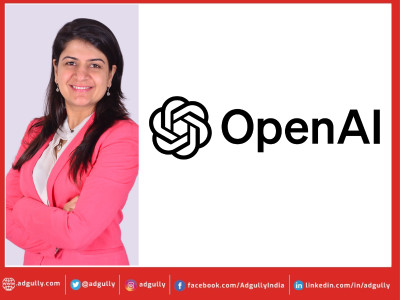

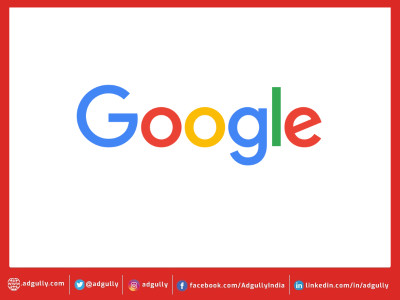
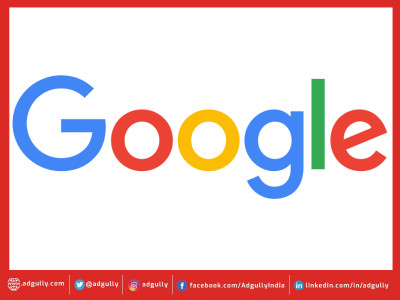
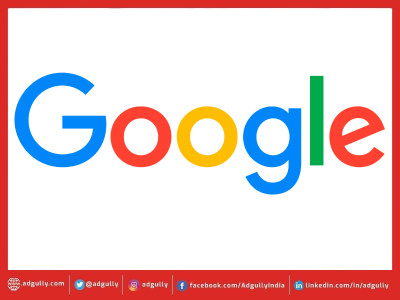

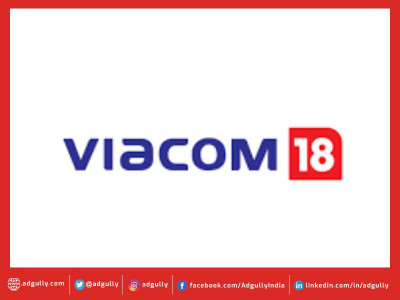
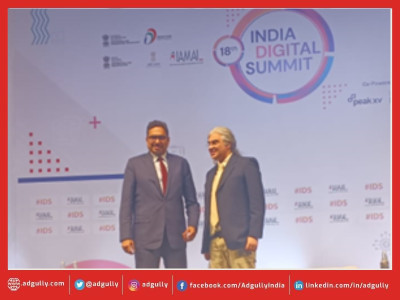
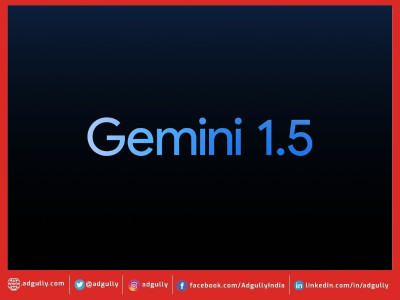
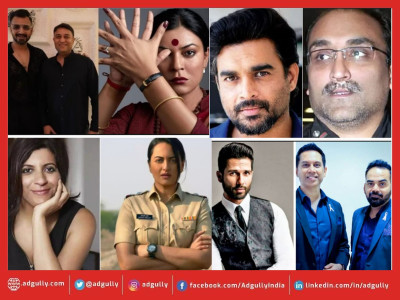
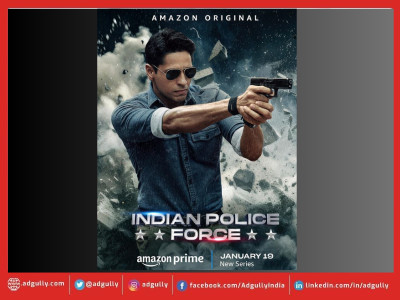

Share
Facebook
YouTube
Tweet
Twitter
LinkedIn